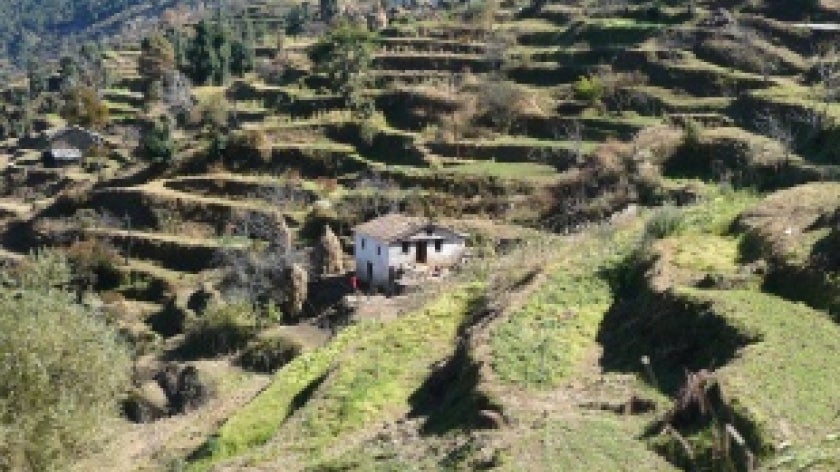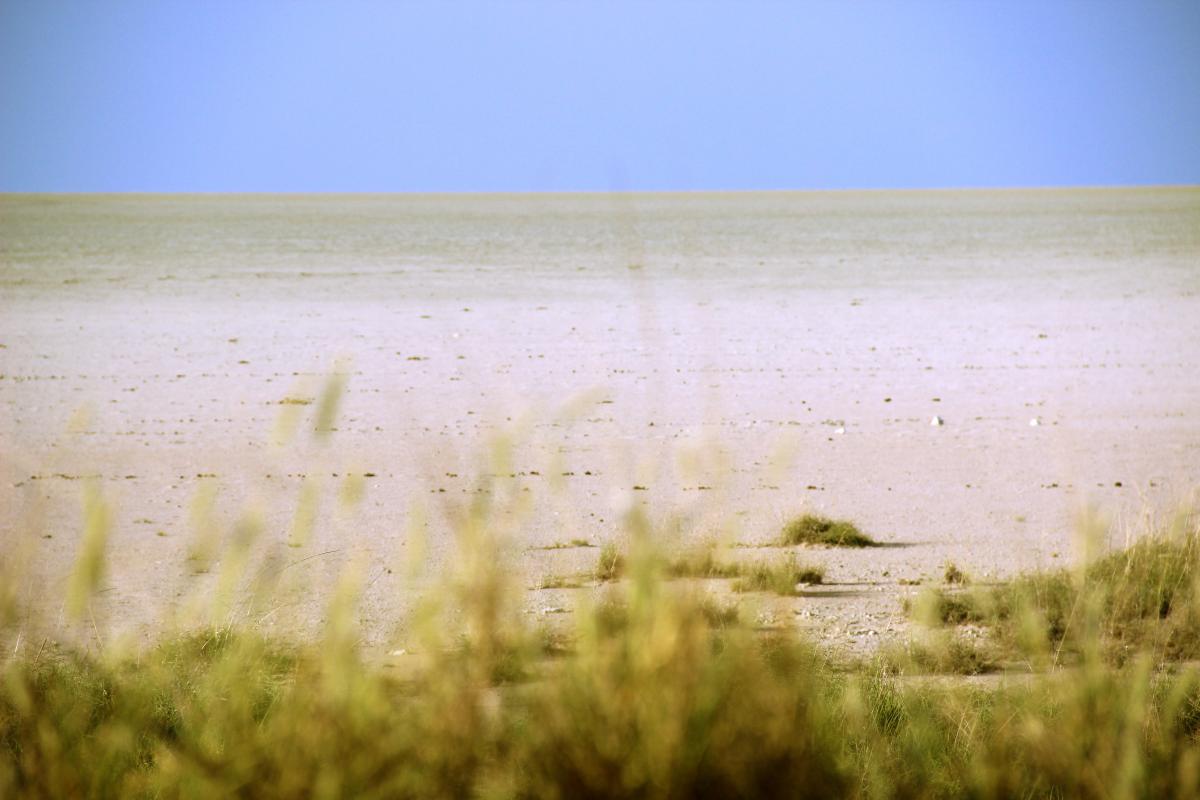

Dirt, mud, earth, soil; the ground beneath our feet has a myriad of different names and yet the majority of us pay it little attention on a daily basis.
And it’s an oversight which is directly affecting millions of people worldwide.
Soil is the lifeblood of our planet. It hosts a quarter of the planet’s biodiversity according to the FAO. But at the same time, it’s being degraded at a rapid rate. According to the WWF, half of the planet’s top soil has been lost in the past 150 years. It’s a loss which puts the planet’s ability to produce food for a growing population into doubt.
Fertile soils are a non-renewable resource and it can take up to a millennium to form just 1cm of topsoil. Furthermore, once formed the health of this thin layer has clear ramifications for the health of the planet.
“Soils sequester carbon, which contributes to climate change mitigation,” explains Mohamed Bakarr, Senior Environmental Specialist for the GEF. “The most valuable part of the soil has a huge organic carbon content, but through erosion it can end up in rivers as silt or released into the atmosphere.”
In response 2015 has been named the International Year of Soils by the UN, a feat designed to encourage us to look down and connect, once again, with the ground beneath our feet.
Life begins at the bottom
Food production will have to increase by 70% if the global demand is to be met by 2050, the majority of which will come from increased intensification of existing land, according to FAO estimates.
However, such increases will have a knock-on effect on soil quality.
While fields upon fields of green crops may give the illusion that all is healthy underneath, intensive agriculture practices are one of the primary threats to soil vitality worldwide due in part to:
1) Constant ploughing: Vegetation maintains the soils stability, keeping the layers protected from the elements and preventing the nutrient-rich top layers from washing away through their root network. With each harvest and sowing season, farmers strip away these plants, leaving the soil unprotected.
2) Use of fertilizers: Spraying crops with fertilizers does nothing to address the poor quality of the soil underneath. If not absorbed by the plants, the chemicals remain on the surface and are flushed away by the rain, often contaminating the local water system.
3) Climate change: Almost a third of global greenhouse gas emissions are generated by the agricultural sector, a major factor in climate change. This in turns speeds up the degradation and desertification process, thus increasing the need for energy, water and fertilizer use in food production.
Worldwide, up to 40% of agricultural land is seriously degraded. In Africa, this proportion rises substantially to 65%, endangering the existence of some of the continent’s poorest communities. And farmers in the dry lands are particularly at risk given the extreme effects of climate change, which exacerbates effects of land degradation.

“With climate change farmers are less able to predict droughts or heavy downpours,” highlights Bakarr. “When the rain falls, it falls hard and when it is dry it is really dry. As a result the most productive and fragile top soil is very vulnerable,” he added.
Restoring the earth
As a financial mechanism for the UN Convention to Combat Desertification, the fight against land degradation has formed part of the GEF mandate since 2002.
To date, close to US$ 0.5 billion has been invested in programs supporting sustainable land management techniques, with more than US$ 2 billion leveraged in co-financing.
Soil, and therefore land degradation, is a triple threat to biodiversity, ecosystems and the communities who depend on the land for their existence. The restoration process, therefore, is complex.
“One of the challenges of restoring land which has been degraded is that it is very expensive, especially if that land is abandoned,” explains Bakarr. “We encourage farmers to keep using the land, as where livelihoods are tightly embedded with the soil, there is an incentive to invest resources on keeping the soil healthy.”
Therefore, the GEF focus is on interventions that enable communities to work in harmony with the land. Ultimately if farmers can stay in the same place, then it reduces the pressure on other natural areas and the biodiversity which lives there.
One such way is through improving vegetation cover to maintain the carbon content of the topsoil.
“By protecting the surface [i.e growing vegetation] and keeping it hydrated, the land is better positioned to harbor those organisms; this will keep the soil healthy and therefore support sustainable and resilient production systems,” states Bakarr.
Such is the aim in the Sahel, where GEF financing is helping 12 countries to implement the Great Green Wall – a regional program on sustainable management of landscapes stretching across the continent from Senegal to Djibouti. The aim: to tackle the social, economic and environmental impacts of severe land degradation and desertification.
Cropping, pasture, urbanization and forestry all compete for land space, and as the population grows so will the pressures these activities place on the soil. If we are to feed a growing population, we need to first look after the ground under our feet.